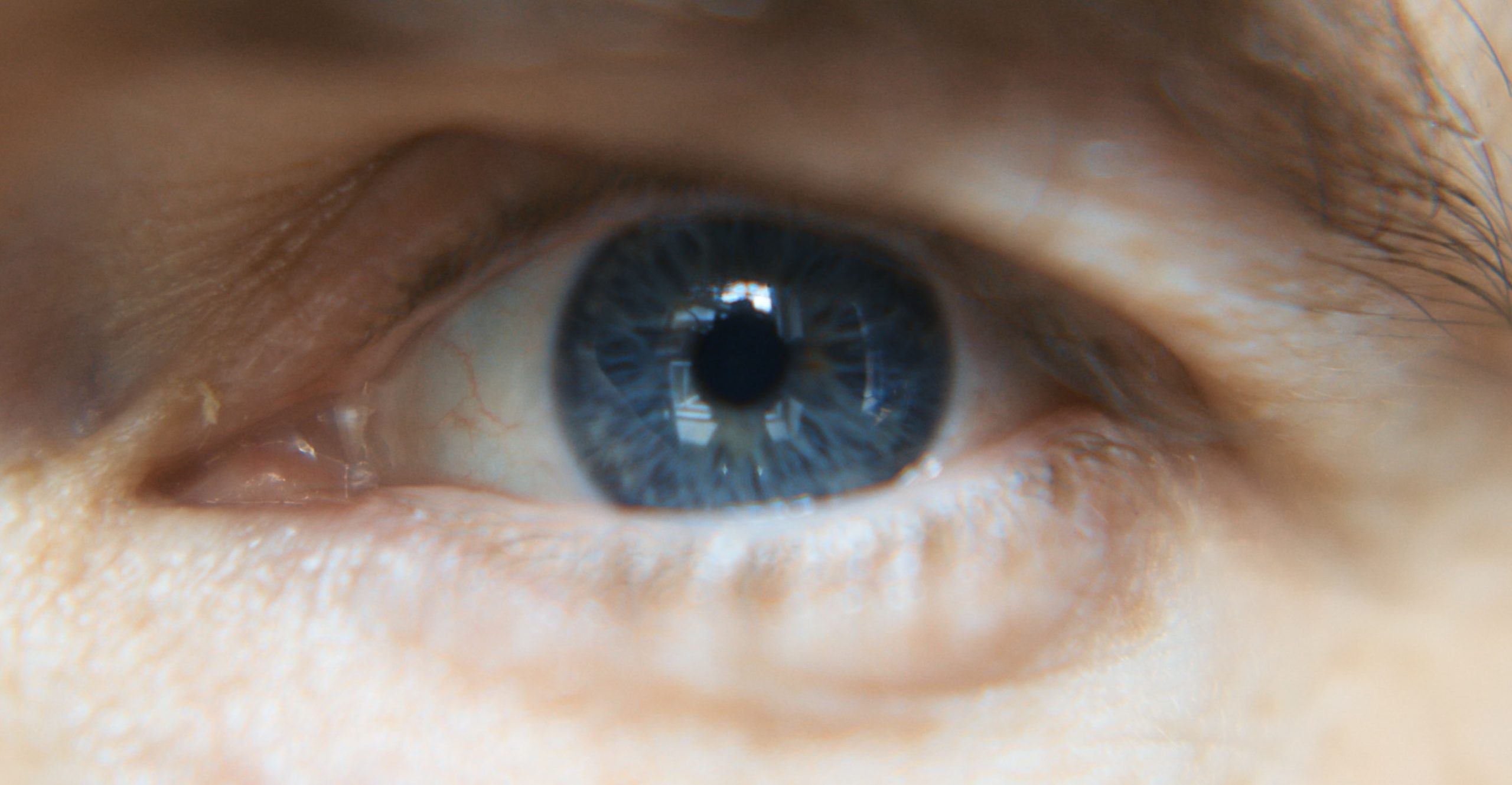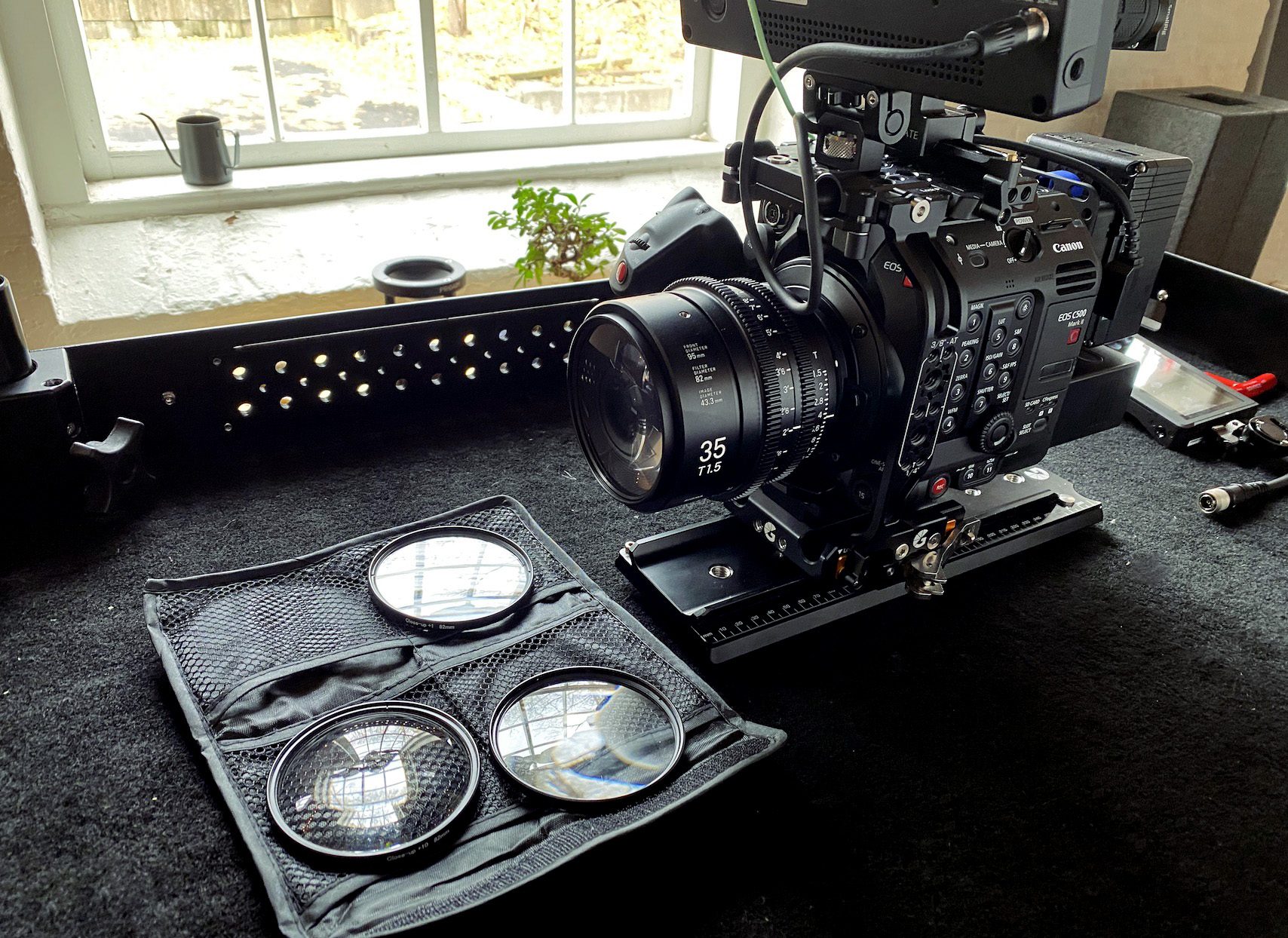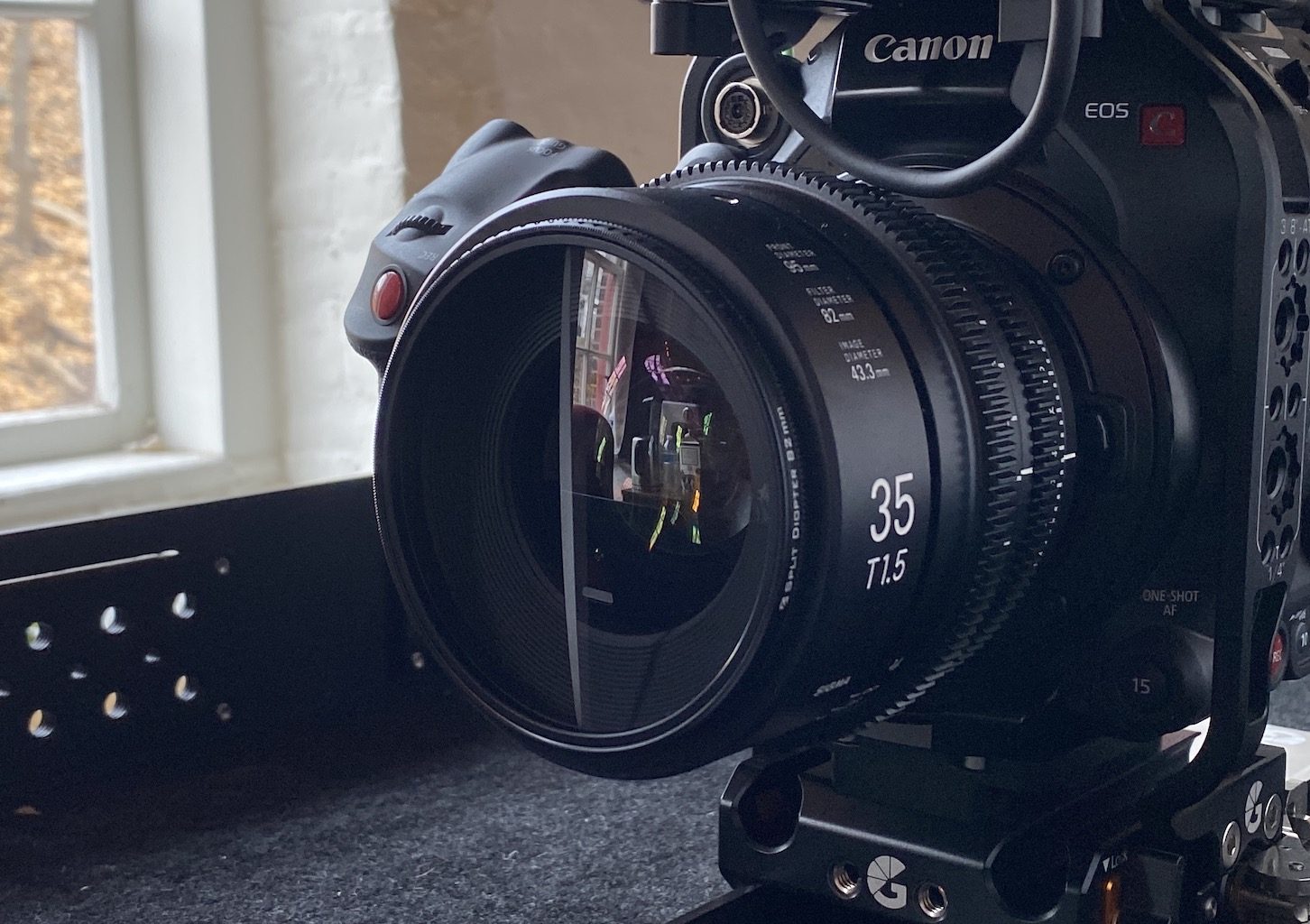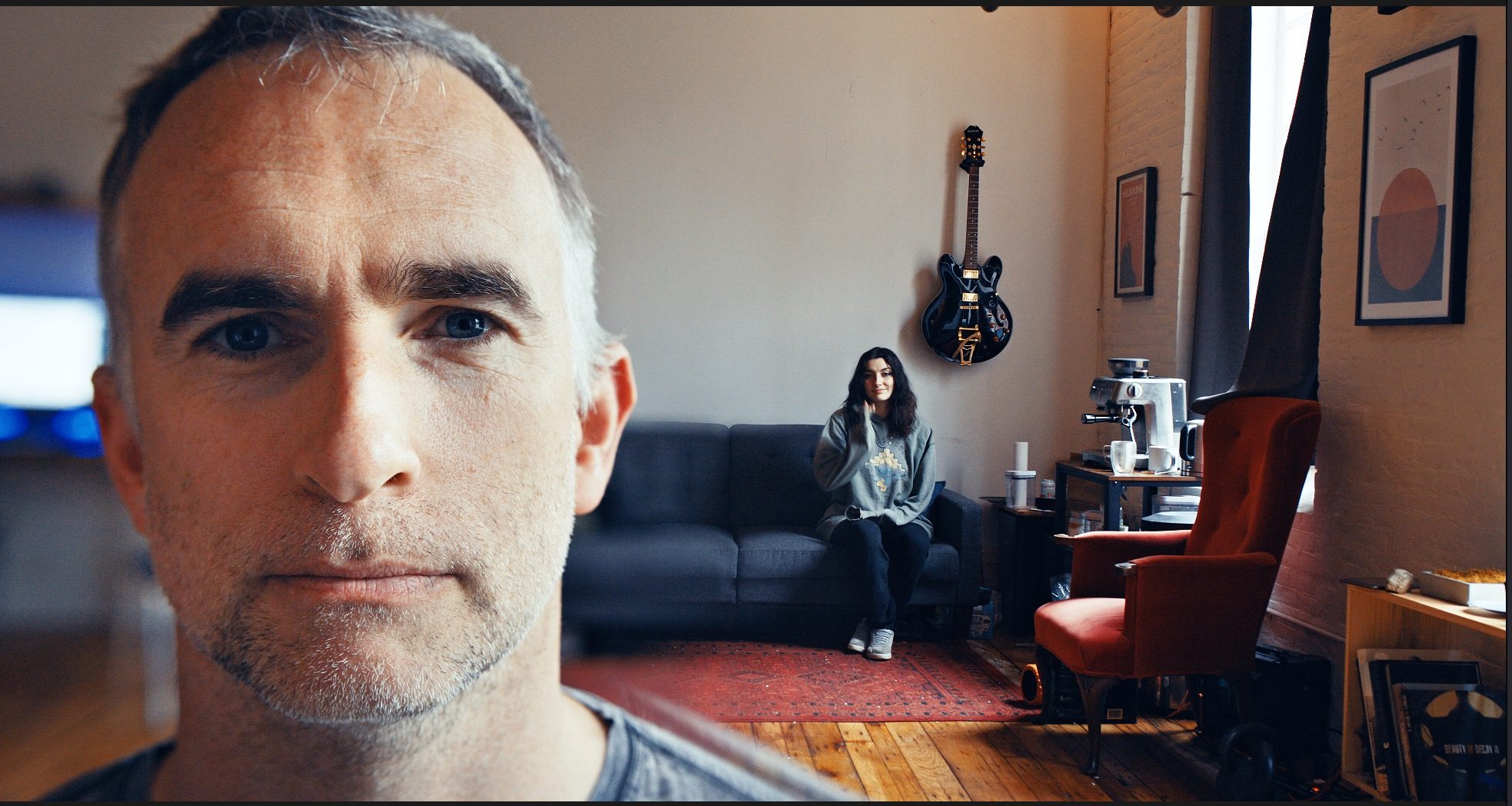Often a cinematographer will need to get an insert shot of a small object, such as an eye ball or a drop of water, but once you put the camera close enough to fill the frame, the object isnt within the minimum focus distance of the lens. How do they solve this conundrum? The answer is a very affordable but useful lens accessory called a Diopter.

Diopters are a powerful addition to any cinematographer’s arsenal; experienced or not. They’re often overlooked but have a unique way of expanding the capabilities of lenses you already own.
Diopters are, simply put, a magnifying glass for a camera lenses. They make an object bigger and decrease the minimal focus distance so you can get macro shots without having to use a lens specifically for macro shots.
They’re a highly versatile tool, they can be used to increase the magnification of a lens when you need to get close-up images of small objects. Unlike a specialty macro lens, dioptre’s are lightweight, cheap and easy to use. They come in a range of strengths, with +1, +2 and +3 being the most common, but going all the way to +10.

They are positioned in front of an existing lens and allow the lens to focus on objects that are closer than its normal minimum-focusing distance. Diopters can be screwed into the lens’ front threads, clamp onto the lens barrel, or fit into a filter tray in a matte box. The glass element is usually a simple curved lens, but in some cases two lens elements can be glued together.
With the diopter attached to a lens, you are reducing the lens’ minimum focusing distance — allowing the camera to come closer to the subject — and rendering a magnified image of the subject being photographed.
Diopters can be stacked together for higher-power magnification and to make finer adjustments. When stacking diopters, the higher power should be closer to the lens.
Because you’re adding a new and unplanned for element into an existing lens, diopters can add chromatic aberration to an image, which is usually seen as blue and purple fringing of edges. This usually isn’t an issue if you start with clean, high quality glass such as the SIGMA Cine Primes, because insert shots are rarely on screen for more than a few seconds.
To mitigate this tendency of diopters, cinematographers often shoot at a “deep stop” when working with diopters, closing the lens to the highest t-stop they can. Stopping down improves the overall performance of the lens and helps to reduce aberrations.
Because the lens is so much close to the subject, depth of field is rarely an issue, and T/5.6 will still give plenty of separation and bokeh.
Unlike MACRO attachment lenses, the diopters can be used with lens. That said, they tend to work better with longer focal lengths or lenses that do not have a great MOD (Minimum Object Distance).
Split Diopters
Another issue in cinematography that diopters can solve in when you want two distinct objects in frame to be in focus, one close to the camera and the other in the background. The device created to solve this issue is called the split diopter, and it’s really just a diopters cut in half.

Split-field diopters require careful use. They create a clearly visible line of distortion right through the middle of the frame, and cinematogprahers need to incorporate this in their shot design or hide it through careful framing.
One way the transition line can be “concealed” is by placing it along a geometric line that already exists in the shot. Another is underlight the effect area so the transition disappears in darkness.
Famous movies that utilize the split diopter for suspenseful scenes include Jaws, Star Trek, and Close Encounters of the Third Kind. These split lenses exaggerate the foreground and background of a shot, which adds depth and nuance to the scene.
The most common use of split diopters is to have two people talking, one much closer to camera, and both in focus at the same time. While you can still focus the lens with a split diopter, the distance between the near and far object cannot be adjusted, and so careful staging is necessary.

Diopters can be attached to about any lens, making them equally useful for fixed-lens cameras that have no macro-option and for prime-lens users with a large lens kit. If you’re in the latter category, it is best to get a set of diopters that match or exceed the diameter of your largest lens, and then purchase inexpensive step-down rings for your other lenses.
Diopters are particularly useful with zoom lenses that often have distant minimum-focusing distances. Even low-strength diopters can help to reduce the minimum focus to a more useful range.
Diopters are cheap, easy to carry and can give you shots you otherwise cannot get, so it pays to have a set of them handy in your camera bag.